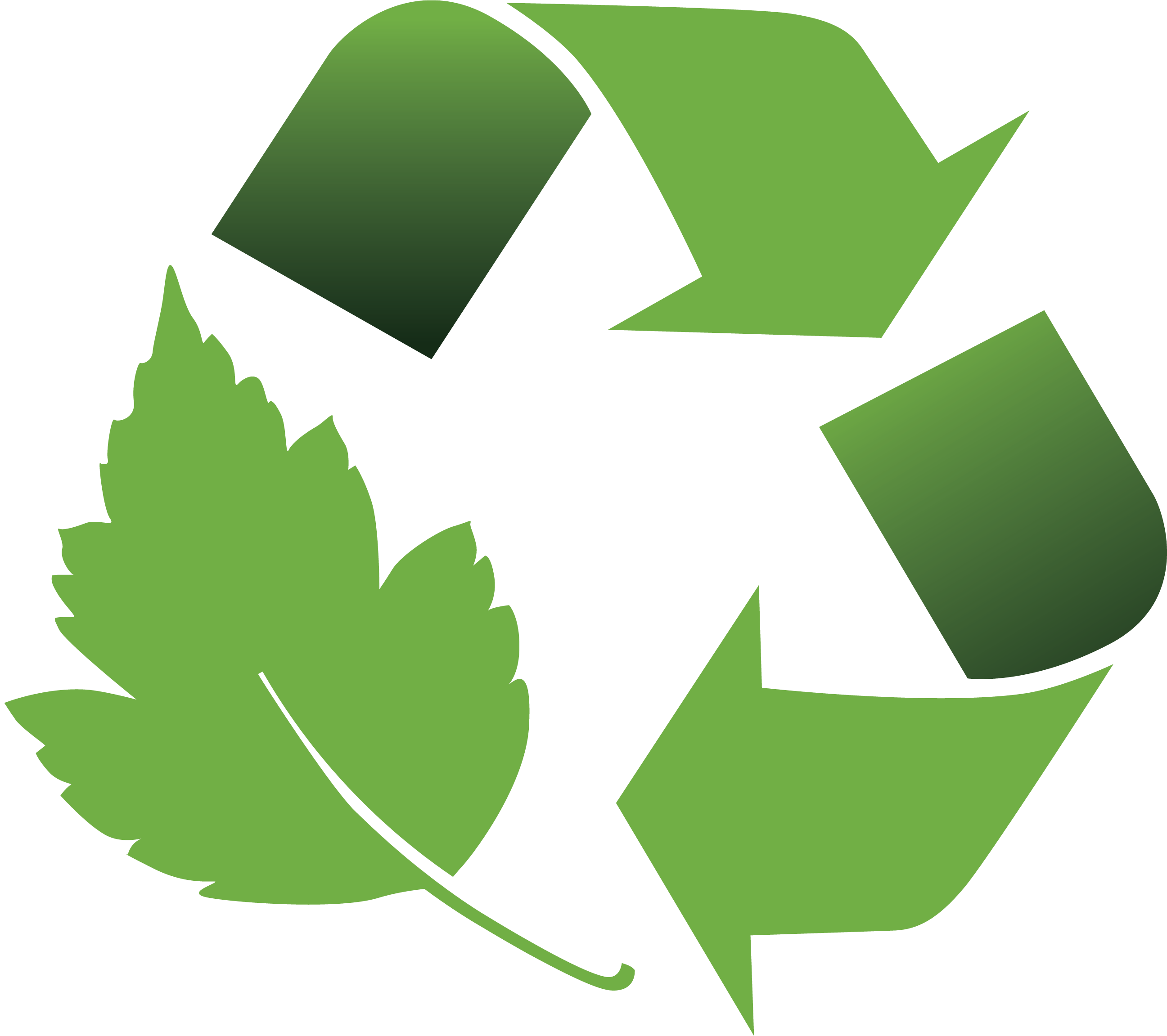Anti-tarnish Testing: Theoacetamide Test
In our last post, we discussed the inaccuracies of the sulfur soap test as a representation of the realistic sulfur environments that silver jewelry encounters and tarnish prevention efficiencies at those levels. As experts in the field of silver tarnish prevention, we feel a responsibility to bring you accurate information and clear up any misleading data that we come across on this subject. Like the sulfur soap test, we have discovered another anti-tarnish test that is not entirely reliable when it comes to protecting your jewelry from tarnish and corrosion.
The theoacetamide corrosion test evaluates the tarnish prevention capabilities of different cloths. Sterling silver samples were wrapped separately, one in a flannel kenzied cloth and the other in a Pacific Silver cloth, and exposed to humid, sulphurous conditions. Sterling silver was also wrapped in both cloths and left out in the general atmosphere to see if there was any change. A sterling silver (control) piece was also exposed to both environments without a cloth wrapping, and tarnished under both conditions. But do these results really indicate that both cloths protected the silver from deterioration and tarnish in the sulphurous test chamber as well as the general atmosphere? Not necessarily...
While this experiment appears to be a legitimate test, it is not a predictive test because it does not state what levels of sulfur are being used. So, the effect that is seen with the test may have more to do with the fact that the control is left open to the environment.
To perform this test properly the control should have been wrapped in a plain cloth like the Kenized cloth minus the silver solution added to it. In a 24 hour test it may actually be the cloth itself that is providing all or most of the protection.
This test is a valid way to form H2S, but it does not indicate how much H2S is produced. We prefer a test using permeation tubes so that you know exactly how much H2S the silver is being exposed to. Without knowing the amount of sulfur exposure it is unclear what is actually preventing the tarnish and its true effectiveness, hence, this particular test is not entirely accurate.




